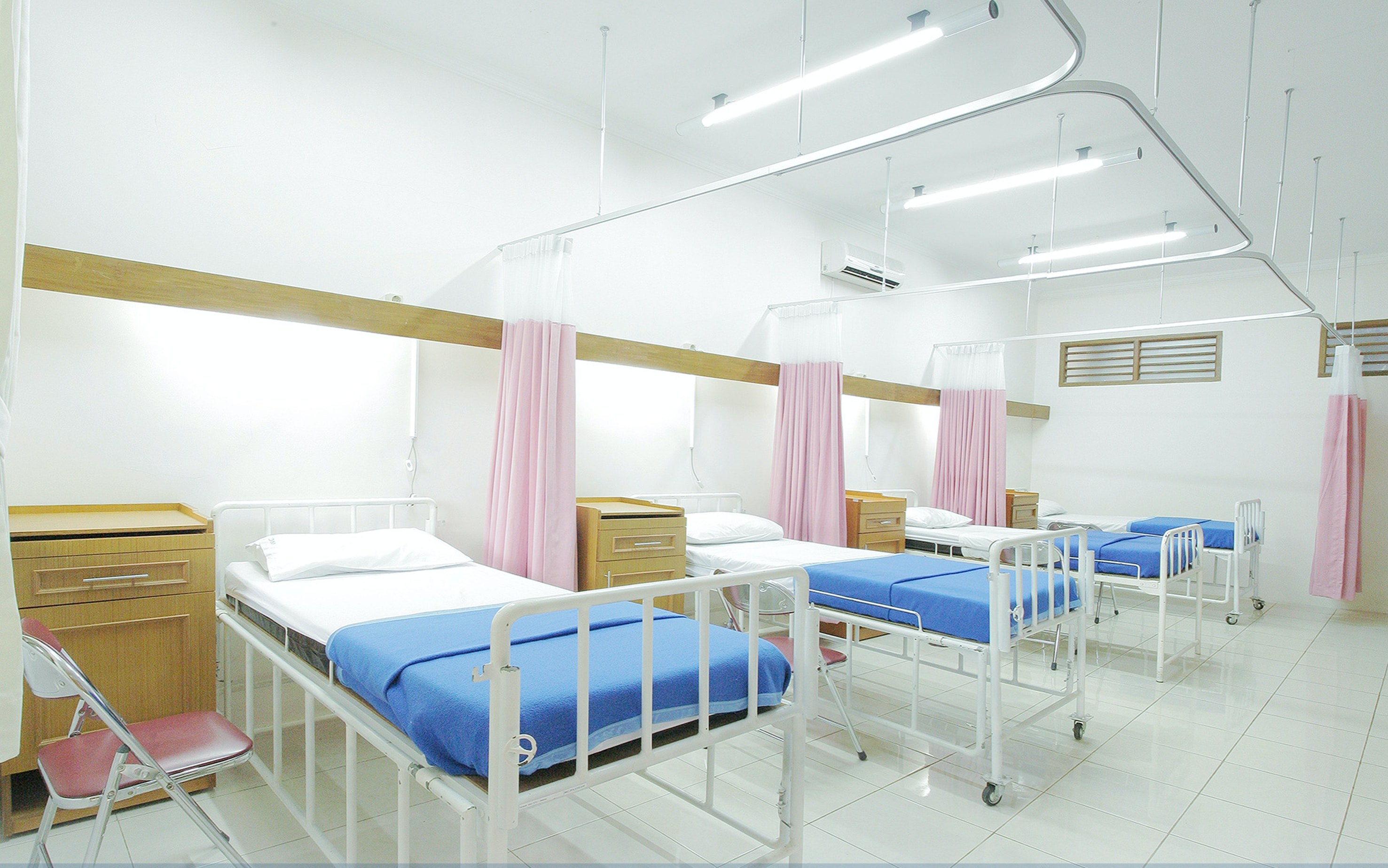

Apr 08, 2021
As the pandemic shutdown left patients isolated, unable to visit GP surgeries or anxious about leaving their homes, healthcare and service providers were forced to rapidly develop, adopt and scale new channels and technology to connect with patients and deliver vital care. Even as the urgency of the crisis starts to fade, expectations have changed. Shifted towards a future that is founded in connection, not constrained by location. From digital check-ups to remote monitoring tools, this is the rise of Remote Care.
The integration of technology into how healthcare is delivered looks set to be a legacy of the pandemic. And it’s not just about the delivery of healthcare. The pandemic has changed the expectations (and implications) of remote as standard. And if remote can be accepted as standard in the care world, where face to face has always been the gold standard, then surely it'll become accepted (and expected) everywhere? However there’s a balance to be found between the efficiencies of technology and the value of in-person interactions.

Daan Dohmen, professor of Digital Transformation in Healthcare and owner of Luscii

Careology and Lloyds Pharmacy are partnering up to enable clinicians, oncology nurses and carers to remotely monitor patients who are undergoing cancer treatment at home. Combining an app on the patient’s phone or tablet with wearable tech devices, clinicians can see their patients’ symptoms, side effects, medication adherence and a range of other biometrics markers. The goal is to give caregivers “greater insight into how their patients are coping and empower those they care for to self-manage in between treatment, promote their safety and overall well-being.”

Doctors at Massachusetts General Hospital are using AI to predict which patients are most at risk of developing cancer after thousands of women skipped breast screenings and check-ups due to worries about Covid-19. The AI approach has helped identify a number of women who, when persuaded to come in for routine screening, turn out to have early signs of cancer. The women flagged by the algorithm were three times as likely to develop cancer; previous statistical techniques were no better than random.

Health care workers at Mount Sinai Health System performed an observational study which found that they could identify symptoms of Covid-19 and preempt its diagnosis based on heart rate variability (HRV) data collected by an Apple Watch.

ENO Breathe is a breathing program for people recovering from the effects of Covid-19. The six-week program offers patients customised vocal lessons: clinically proven recovery exercises, but reworked by professional singing tutors and delivered online via Zoom. The aim of the program is to empower patients in the management of breathlessness and anxiety post COVID-19 infection, by equipping them with the tools they need for self-management.

Stepping out of the care space and into remote: Charity: Water’s handpump sensors deliver real-time data and insight on water system performance. Historically, the only way to monitor these systems was to visit them. But that takes time, human resources and money. Sites were only being visited once or twice a year, meaning broken systems could stay broken for months. Deployment began in 2015 and the sensor is now 4th generation. It installs in 10 minutes, is fully tamper-proof and vandal resistant, and uses Amazon Web Services to analyse readings in real time, with dashboards publicly accessible.
If remote becomes the norm, expectations of both fundraising and services will massively change. If charity services don't keep up with the changing expectations, will this cause dissatisfaction, brand damage and lower income?
How can charities keep up with remote? How can you maintain and grow those face to face interactions you transitioned online during the crisis? What does this mean for digital transformation?
Stepping outside of remote care, what does remote access and monitoring mean for how we can tell stories and show impact? How can you open the breadth of your mission and impact to remove the barrier of geography and connect supporters and stories?
How can you keep up with the technology cost of remote in delivering care - or even, more widely, delivering impact? Are there opportunities to generate donor income with a tech-focused ask?
However….. those who are among the most likely to need support (people over age 65) are the least likely to be able to access virtual appointments or remote services. What’s your role in combating the digital divide? How can you ensure those communities most in need don’t get left behind?